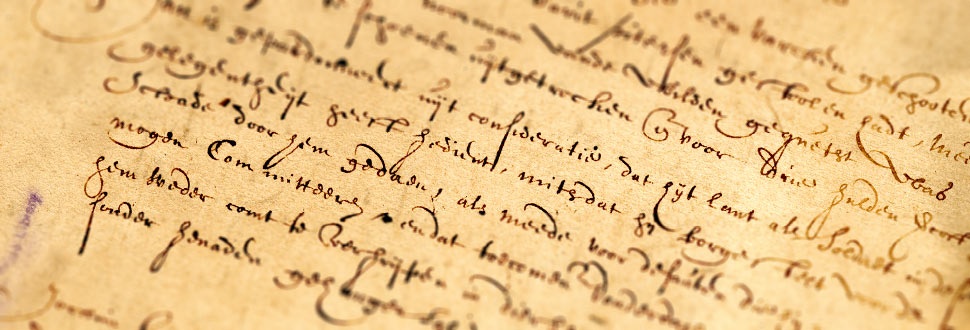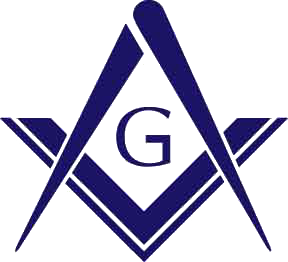by Maurice Dunbar, El Camino Research Lodge
Edward III was the King of England for half a century. It was the best of times; it was the worst of times. It was the last flowering of chivalry and it was the time of the Black Plague. Edward III was the father of 12 children, the oldest of whom was the legendary Black Prince. Another son was the powerful John of Gaunt, who was the father of Henry IV. Edward was King from 1327 to 1377. He was only 25 when he started what turned out to become the Hundred Years War. He was over six feet in height, lithe and athletic. With his red-gold hair and beard, he was to have had the face of the God of War.
On St. George’s Day, April 23, 1348, King Edward III caused a great feast to be held at Windsor Castle, where he established a chantry of 12 priests and set up a hostel for impoverished knights who could not afford to support themselves. Others beside the King promised their support for this foundation. These included the Black Prince and several earls. Some knights, too, were of their number and all were true gentlemen blessed with great wealth. Including the King, there were 26 founding members of the new Order.
All these men were dressed in robes of russet and wore garters of blue on their right legs. A blue mantle, embroidered with the arms of St. George completed the robes of the Order. Afterward, they attended the feast and all ate at a common table in honor of the blessed martyr to whom this noble brotherhood was dedicated, for it was called the Order of St. George of the Garter.
Popular tradition tells us that the motto of the Order, honi soit qui mal y pense, derives from this story: Edward picked up a garter from the floor that had fallen from the stocking of the Countess of Salisbury, a fabulous beauty with whom he was said to be in love. To save her embarrassment, he put it on his own hose. When the knights began to laugh and jeer, the King said that in a little while the same garter would be held in the highest esteem. As the King tied the garter around his own leg, he said “Honi soit qui mal y pense” – Shame on him who thinks ill of it.
In the 17th century, Elias Ashmole suggested that the motto referred to Edward’s claim to the right to rule across the Channel. The color of the Order is blue lined with gold – the colors of France.


